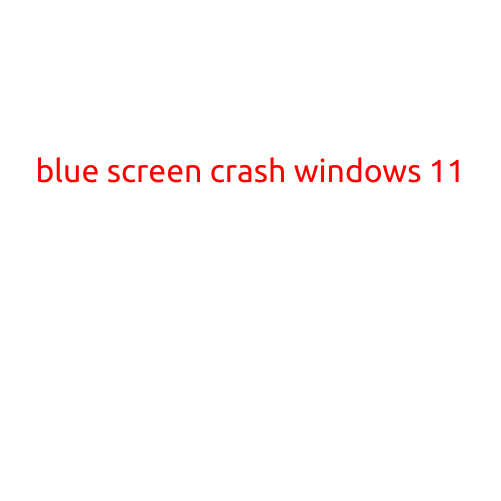
Blue Screen Codes: A Comprehensive Guide to Understanding and Troubleshooting
The blue screen of death (BSOD) is a dreaded sight for any computer user. It’s a sign that your computer has encountered a critical error that threatens its stability and functionality. Blue screen codes, also known as Stop errors, provide vital information about the cause of the error, helping you diagnose and fix the issue. In this article, we’ll delve into the world of blue screen codes, explaining what they are, how to read them, and what you can do to troubleshoot and resolve the problems they indicate.
What are Blue Screen Codes?
Blue screen codes are a series of letters and numbers that appear on a blue screen when your computer encounters a critical error. These codes are generated by the Windows operating system and are usually accompanied by a brief error message. Each code is unique and corresponds to a specific error or problem that your computer has encountered.
How to Read Blue Screen Codes
Blue screen codes are typically a combination of letters and numbers, such as:
IRQL_NOT_LESS_OR_EQUAL
MEMORY_MANAGEMENT
Drivers_IRQL_NOT_LESS_OR_EQUAL
To read a blue screen code, follow these steps:
- Look for the four-digit number in the code. This number is the error severity level, ranging from 0 to 255. A higher number indicates a more severe error.
- Check the first letter or letters in the code. These letters indicate the type of error or problem that has occurred. Common types include:
IRQL_: Indicates an IRQL (Interrupt Request Level) error.MEMORY_: Indicates a memory-related error.DRIVER_: Indicates a driver-related error.
- Check the rest of the code for additional information. This may include the name of the device or driver that caused the error, or the specific memory address that was affected.
Blue Screen Codes and Their Meanings
Here are some common blue screen codes and their meanings:
IRQL_NOT_LESS_OR_EQUAL: The system has encountered an IRQL (Interrupt Request Level) error. This may be caused by a driver or hardware issue.MEMORY_MANAGEMENT: The system has encountered a memory-related error. This may be caused by low memory, memory corruption, or a faulty memory stick.DRIVERS_IRQL_NOT_LESS_OR_EQUAL: A driver has caused an IRQL error. This may be caused by a faulty or incompatible driver.SESSION_DESTROY: The system has encountered an error related to session management. This may be caused by a kernel-mode driver or a software conflict.
Troubleshooting Blue Screen Codes
To troubleshoot a blue screen code, follow these steps:
- Check the system event log for additional information about the error.
- Run a memory test, such as MemTest86+, to check for memory corruption or faults.
- Check for driver updates and install the latest version.
- Disable any newly installed drivers or software to see if the error is resolved.
- Check for malware and run a virus scan to detect and remove any malware.
- Run a System File Checker (SFC) scan to check for corrupted system files.
- Reinstall Windows or seek professional support if the error persists.
Conclusion
Blue screen codes can be frustrating and intimidating, but understanding what they mean and how to troubleshoot them can help you resolve the issues and get your computer running smoothly again. By following the steps outlined in this article, you can diagnose and fix blue screen codes, saving you time, frustration, and the need for expensive repairs.





